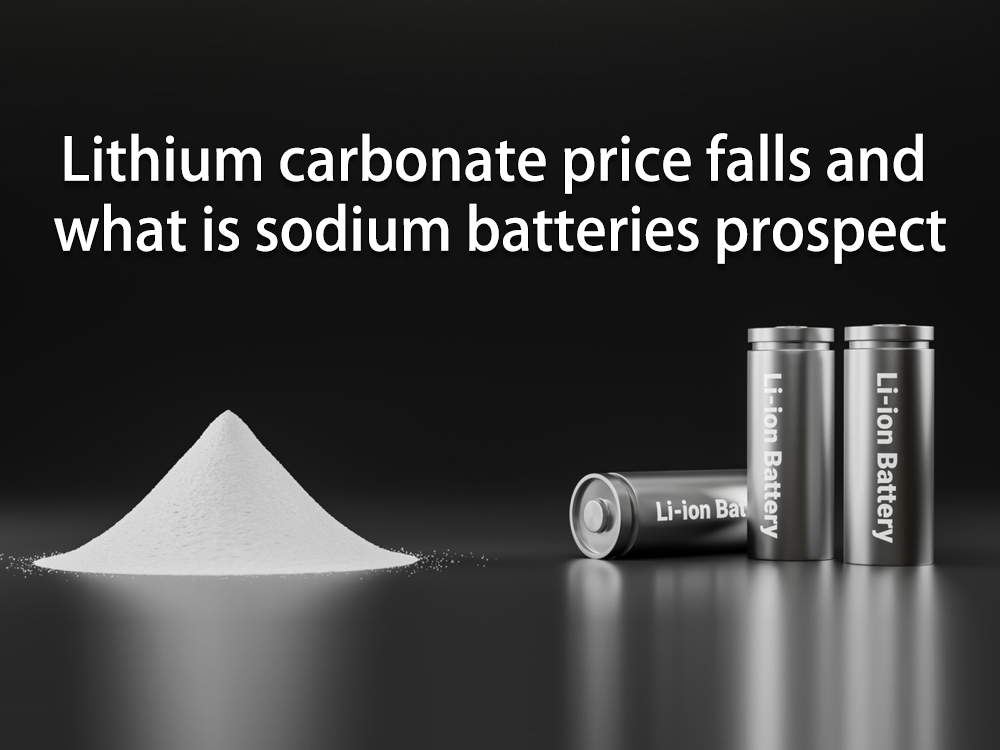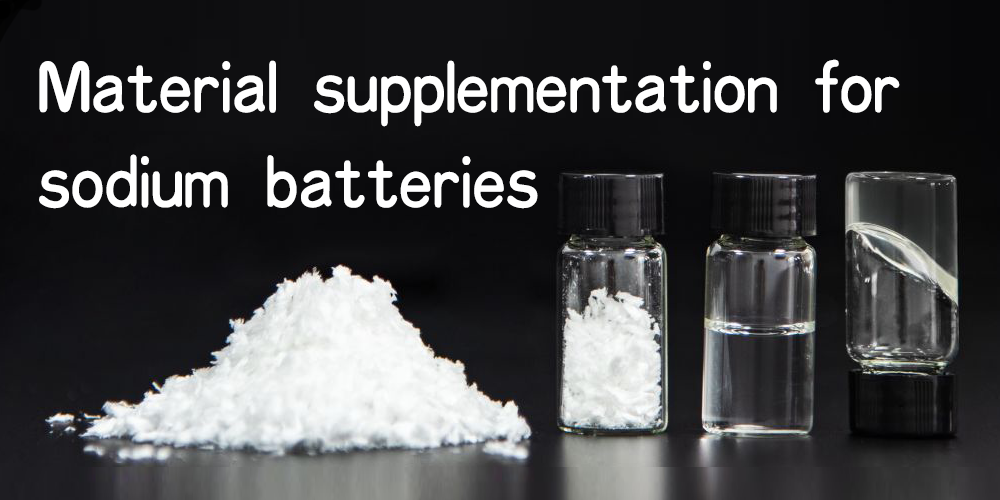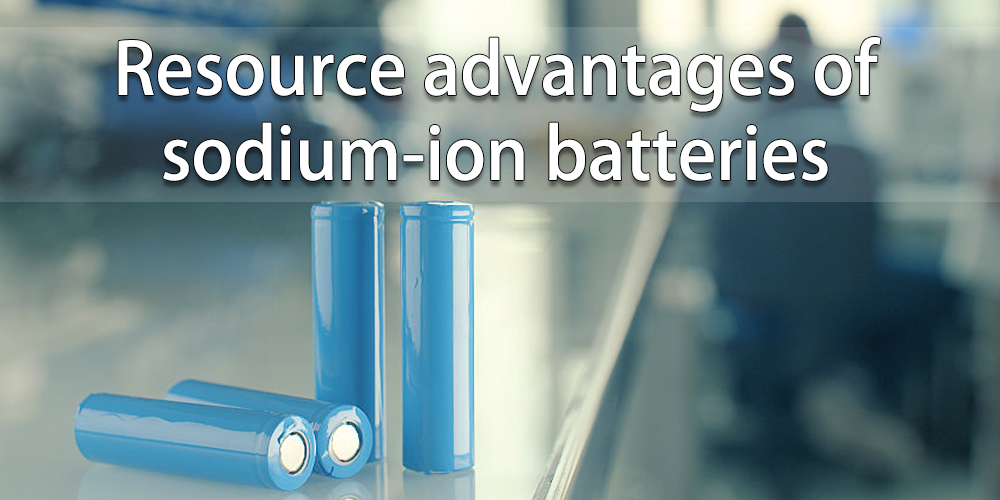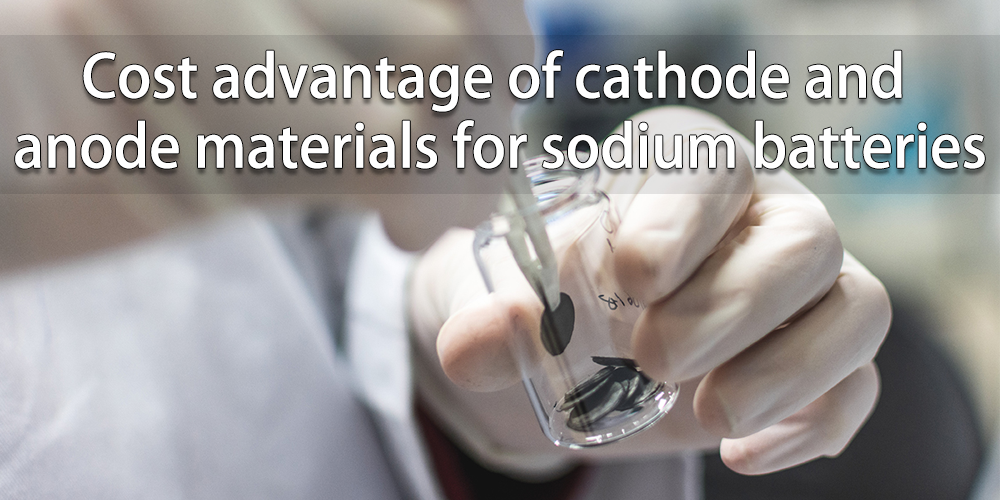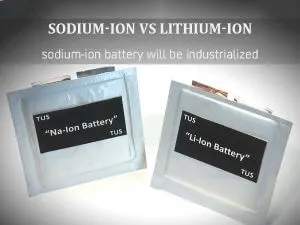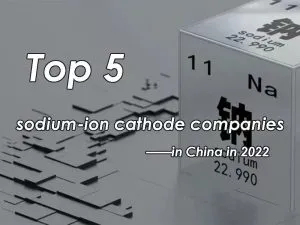Lithium carbonate price falls and what is sodium batteries prospect
Since the end of 2022, the price of battery-grade lithium carbonate has been falling all the way to close to 350,000 RMB/ton, and sodium batteries seem to be developing. On the one hand, the mass production of sodium batteries has accelerated, and even the first loading has been achieved; on the other hand, the market has begun to question the profitability of sodium battery investment.
Theoretically speaking, compared lithium vs sodium battery, the energy density and service life of sodium-ion batteries are relatively close to those of lithium iron phosphate batteries, and the cost is much lower than that of lithium iron phosphate batteries, which has broad market prospects.
However, in fact, with the accelerated iteration of cathode and anode materials, the advantages of high energy density of lithium batteries are rapidly magnified, and the cost is also simultaneously compressed. Under such a market environment, sodium batteries have basically not developed much. The price of battery-grade lithium carbonate has dropped rapidly in just a few months, and after the price of lithium begins to return to rationality, what are the opportunities and prospects of sodium batteries?

Material supplementation for sodium batteries
For the downstream industry chain of lithium batteries, the layout of sodium batteries is forward-looking, which can avoid the single dependence on lithium battery raw materials. According to the statistics of relevant agencies, the total amount of lithium resources in the world currently exceeds 62 million tons, while China’s proven lithium resources are about 4.5 million tons.
Most of lithium mines in the world are located in South America, and China currently has no large-scale lithium mines. Therefore, for Chinese companies, lithium mine is a scarce resource. Contrary to the uneven and scarce distribution of lithium resources in the world, sodium resources are widely distributed around the world, and its abundance in the earth’s crust ranks sixth, about 423 times that of lithium resources, and its price is only 1.33% of lithium.
Industry analysts believe that the emergence of a lithium carbonate price of 600,000 RMB/ton is just the epitome of the disadvantages of over-reliance on a single material. Based on the continuous strength of the demand market for sodium batteries such as two-wheeled electric vehicles, low-speed electric vehicles, forklifts, energy storage and a small number of A00 passenger vehicles, it is predicted that by 2025, the global sodium ion shipments will reach 40-50GWh.
Resource advantages of sodium-ion batteries
It is understood that the sources of sodium used in the synthesis of sodium-ion batteries in the laboratory are very extensive. Including sodium carbonate, sodium bicarbonate, sodium acetate, sodium oxalate, sodium citrate, sodium nitrate, sodium hydroxide, and even discussions about sodium metal in the industry. However, large-scale industrial production has certain requirements for cost, process safety, and acidity and alkalinity.
The industry infers that sodium carbonate is the most likely to become a raw material for industrial production. Because other materials have more or less defects in cost, safety, physical and chemical indicators, etc. Sodium carbonate is easy to extract sodium, the supply is sufficient, and the price is stable and low. The price is only 2,650 RMB/ton, which is 0.47% of the price of lithium carbonate.
From the perspective of supply and demand, China’s production capacity of sodium carbonate exceeds 30 million tons, while its downstream demand is currently only 10,000 tons. As an emerging industry, sodium-ion batteries have not yet impacted traditional industries such as glass and photovoltaic glass. Therefore, the price of sodium carbonate has stabilized below 3,000 RMB per ton, and there has been no significant price fluctuation.
At present, there are more than 100 kinds of cathode materials related to sodium-ion batteries, and the technical route is still evolving. According to the composition, the mainstream sodium-ion battery cathode materials can be divided into layered metal oxides, polyanionic compounds and Prussian blue compound systems.
In the current initial stage of commercialization, the competition pattern of the three cathode material routes is still continuing, and the leading sodium ion battery manufacturers related to the layout of the three routes still have the first-mover advantage.
Cost advantage of cathode and anode materials for sodium batteries
According to relevant calculations, even if the price of lithium carbonate drops to 40,000 RMB/ton, sodium batteries still have a cost advantage. For example, the price of hard carbon, the negative electrode material of sodium-ion batteries, may be higher than that of some graphites.
For example, the price of hard carbon in Japan can reach more than 100,000 per ton, but the batch price of graphite in China is only 30,000 to 40,000 RMB per ton. However, from the perspective of materials and technology, the price of hard carbon may drop to be lower than that of graphite in the future.
According to estimates, the cost of sodium-ion batteries based on NaCuFeMnO/soft carbon system can be reduced by 30-40% compared with lithium-ion battery materials based on lithium iron phosphate/graphite system. From the perspective of cost material structure, the cost of cathode materials for lithium-ion batteries accounts for the highest cost, while the cost of cathode materials for sodium-ion batteries is only 26%.
Similarly, lithium batteries that focus on the direction of high nickel must contain cobalt and nickel. The sodium battery uses manganese as a stabilizing element, and the mass production cost is significantly lower than that of the current lithium battery. In addition, sodium does not react with aluminum, so the positive and negative current collectors of sodium-ion batteries can use aluminum foil, which is cheaper than copper foil for lithium batteries.
In terms of recycling sodium battery materials, some scholars have proposed that bipolar sodium ion batteries can recycle all electrode materials and reuse them. The recovery rate of solid materials is 98.3%, and no new electrode material components need to be added. The recovered electrode materials can be reapplied to sodium-ion batteries after activation treatment, and obtain good cycle performance, which makes the electrode materials circulate among battery production, use, scrapping, recycling and reuse.


